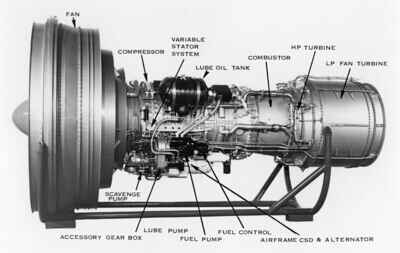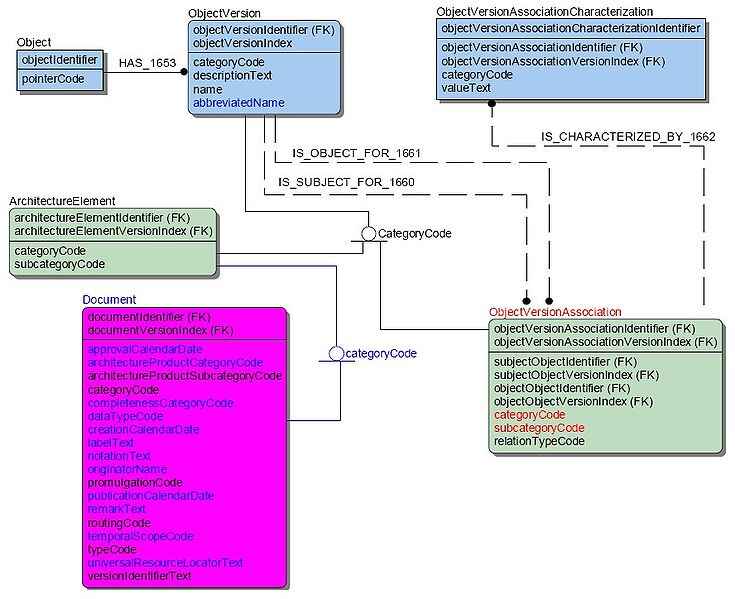5 Types of Rainwater Harvesting Systems Explained
Types of rainwater harvesting systems are; gravity-driven, indirect gravity, suction-based direct-pumped, submersible direct-pumped, and indirect-pumped systems. They may be broadly grouped into direct and indirect categories.
This article discusses the types of rainwater harvesting systems and their characteristics, as follows;
1). Gravity-driven System (as one of the Types of Rainwater Harvesting Systems)
Gravity-driven or ‘gravity only’ rainwater harvesting system is a type of RWH system that is designed to achieve sustainability through energy conservation [2].
The system comprises of a series of conduits, filter beds and storage tanks, which are configured to distribute rainwater mainly using the force of gravity.
Rainwater from the catchment surface (rooftop, pavement) is channeled into the system through conduits, which transfer the water into a storage tank that may be installed above-ground, or underground.
Filtration may occur before initial introduction of rainwater into the tank. From the first storage tank, the water is further transferred into an overhead tank, after it has undergone purification by passing through a filter bed.
In order to transfer water to the second tank, pressure may be supplied by a pump [1].
The filtered and stored water may subsequently be distributed to points of use such as toilets (for flushing), gardens, and washing machines; by gravitational flow from a point of higher elevation (rooftop, overhead structure) to a point of lower elevation.
The gravity-driven RWH system is one of the cheapest and easiest to maintain. It is also versatile, and can be installed in buildings for domestic use, as well as in sustainable farming systems for irrigation.
Choosing a suitable size for the system can be a problem. This is due to the unpredictability of rainfall patterns and stormwater volume, and it can be viewed as one of the disadvantages of rainwater harvesting.
In cases where the available rainwater exceeds storage capacity, excess water can be released from the tank into a stormwater drain.

2). Indirect Gravity System
Indirect gravity system is almost identical to direct/gravity only rainwater harvesting system.
The difference between the two is in the position of the header tank (installed at high elevation) in the operational sequence of the system.
For indirect gravity systems, the header tank collects rainwater directly from the catchment. This is different from gravity-only system, in which rainwater from the catchment is first sent to a low-level storage tank before it is subsequently transferred to a header tank.
A pump is usually incorporated into the flow pipe from the catchment, to provide the required pressure for pumping into the overhead tank in an indirect gravity RWH system.
A filter may also be includes at some point in the flow sequence, to remove contaminants from the water before it is stored.
From the storage, gravity can then be used to send rainwater to outlets from where it is consumed.
In indirect gravity systems, the dependence on gravity for water flow is much less than gravity-only systems. Pumps may also be used to distribute water from the storage tank to the points of usage, in cases where gravity alone is not sufficient.
Although it may consume more energy in the form of electricity used to power the pumps, indirect gravity systems are more effective that gravity-alone systems, for long-distance rainwater supply. It also often includes less components and can be space-efficient.

3). Suction-based Direct-Pumped System (as one of the Types of Rainwater Harvesting Systems)
Suction-based direct-pumped rainwater harvesting system is a system in which rainwater flow is facilitated using pressure from a pump that is installed outside of the storage tank.
In most cases, the pump is installed in a control unit that occurs outside of the storage tank.
Suction-based direct-pumped systems are heavily dependent on electric power for their operation. Small-scale designs can benefit from renewable energy by integrating solar panels or other renewable technologies, to cut cost.
The energy efficiency and overall performance of this type are generally lower than those for the submersible, direct-pumped RWH system which uses a pump that is immersed in the tank.
Also, flow must be controlled from the external control unit and not the point of discharge, in order to prevent damage.
4). Submersible Direct-Pumped System
Submersible direct-pumped system is a type of rainwater harvesting system that uses a pump submerged in water reserves (in the storage tank) to pump these reserves from the storage tank to the points of use, such as; washing machine, watering hose, and toilets.
It is especially effective when used in a domestic context, for long-distance conveyance of water to usage outlets.
The pump is usually installed such that it can be retrieved at any time, for repair, replacement or maintenance.
Pump pressure or capacity can be selected based on the scale of the system and the level of efficiency required.
For this type, electric safety measures are required when handling the storage tank and submersible pump.
5). Indirect-Pumped System
The configuration and components (header tank, main tank, conduits, pump(s)) of indirect-pumped RWH system, are very similar to those of indirect-gravity system.
However, the indirect-pumped system differs by not relying on gravity for water flow at any point in the rainwater harvesting process. On the contrary, it depends only on pressure from pumps to induce and control water flow.
This implies that a pump is used to move water from the catchment in pipes, to the header tank. Also, pump pressure is applied when sending water from the header tank to the main harvesting tank.
Indirect-pumped systems can be highly efficient, and energy conservation can be achieved by configuring the system is such a manner that there are very small height differences between components. They also have less need for numerous water-flow pathways.
Conclusion
Types of rainwater harvesting systems are;
1. Gravity-driven System
2. Indirect Gravity System
3. Suction-based Direct-Pumped
4. Submersible Direct-Pumped
5. Indirect-Pumped
References
1). Leib, B. G.; Wright, W., Grant, T.; Haghverdi, A.; Muchoki, D.; Vanchiasong, P.; Zheng, M.; Butler, D. M.; Wszelaki, A. (2020). “Rainwater Harvesting with Solar and Gravity Powered Irrigation for High Tunnels.” Applied Engineering in Agriculture 36(4):489-498. Available at: https://doi.org/10.13031/aea.13969. (Accessed 18 October 2022).
2). Medina, V. F. (2016). “Rainwater Harvesting.” Technical Note 25, United States Army Corps of Engineers-Whole Building Design Guides. Available at: https://www.researchgate.net/publication/299447319_Rainwater_Harvesting. (Accessed 18 October 2022).


